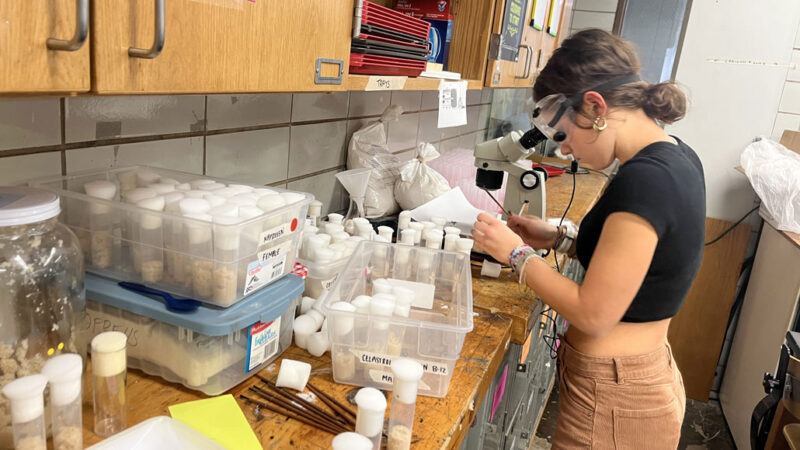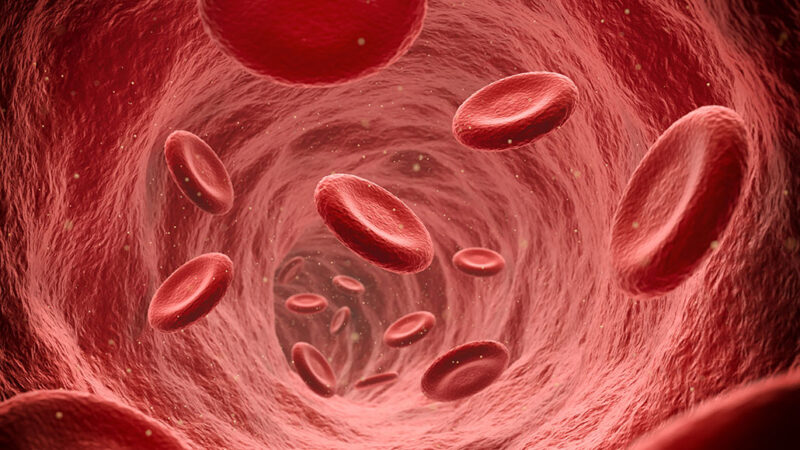Semiconductor (noun, “SEH-mee-con-duck-tur”)
A semiconductor is a material that partially conducts electricity.
Materials that conduct electricity well are called conductors. Materials that do not are called insulators. Semiconductors are in between. They conduct electricity better than insulators. But not as well as conductors.
Semiconductors help make electronics smaller, faster and smarter. You’ll find these materials at work in phones and laptops. Plus medical devices, ATMs and more.
Semiconductors control the flow of electrons through circuits. They’re used to make diodes, for instance. These tiny pieces let electrons pass in only one direction. Semiconductors also make up transistors. Those pieces work like an on-off switches. Sometimes they let electrons flow. Other times not.
Diodes and transistors both are made of semiconductor layers. (Sometimes these devices are called semiconductors, too.)
Engineers can change how well a semiconductor conducts electricity. There are a few ways to do this. One is adding a little bit of another substance. That’s called doping. For instance, a tiny bit of phosphorus makes silicon conduct electrons better. Changing the temperature can also change how much a semiconductor conducts. Such fine-tuned materials can then be used for precise roles.
About 95 percent of semiconductor devices used in today’s tech rely on silicon. That element is an ideal material. Silicon is cheap. It also holds up well to temperature changes. Its widespread use is how the tech hotspot “Silicon Valley” in California earned its name. Some compounds serve as semiconductors, too. Gallium arsenide is one example.
In a sentence
Light-emitting, nano-sized semiconductor particles enhance many modern technologies, from TVs to medical science.




